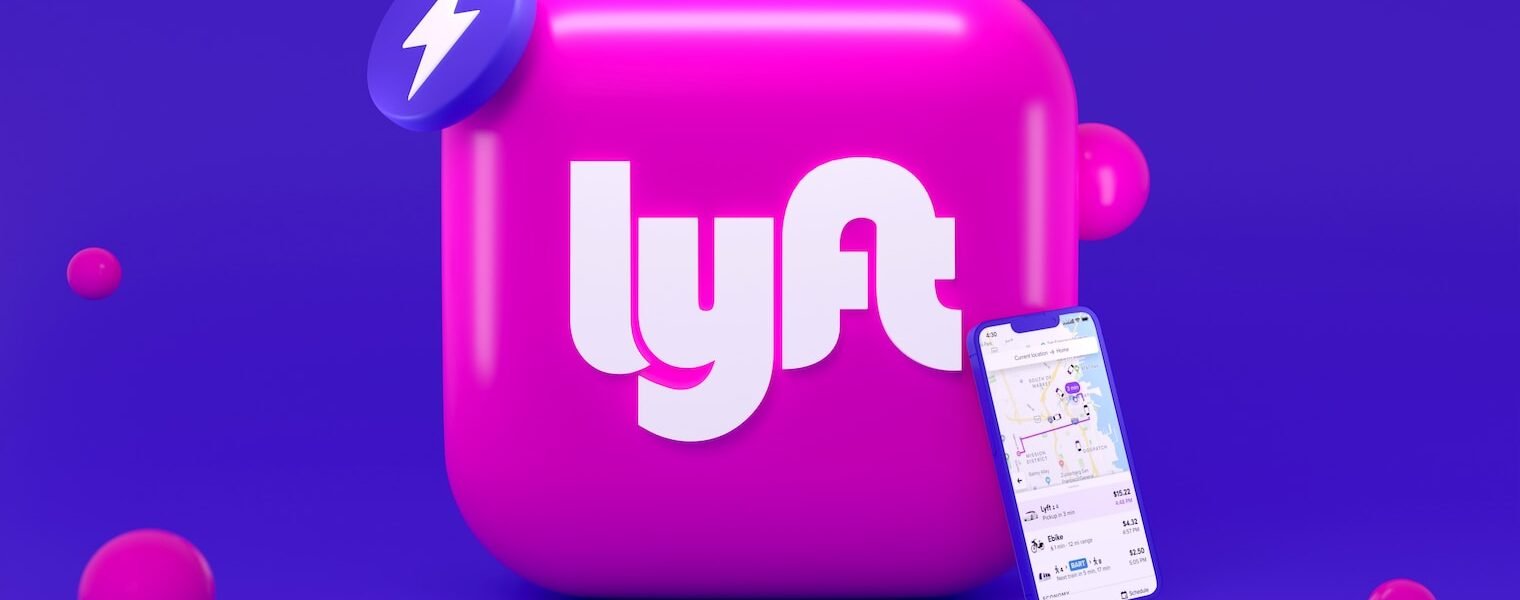Lyft’s Strategy to Tackle Surge Pricing: A Boost in Driver Supply Shows Promising Results
In a strategic move aimed at combating the long-standing issue of surge pricing, Lyft has adopted a proactive approach by increasing its driver supply, as revealed by CEO David Risher. During a recent earnings call, Risher highlighted the company’s achievement of an “improved balance in our marketplace” between active riders and available drivers. The outcome of this endeavor is noteworthy: Lyft witnessed a remarkable 35% reduction in rides subjected to surge pricing during the second quarter, in contrast to the previous quarter. This decline was coupled with a noteworthy upswing in the conversion rate of ride intent into completed trips.
Solving the Surge Pricing Predicament
The crux of Lyft’s initiative lies in its endeavor to address the surge pricing predicament. Risher elucidated that surge pricing materializes when a ride-sharing platform grapples with an insufficient supply of drivers. This inadequacy prompts the platform to enlist more drivers, thereby alleviating rider demand and, consequently, the need for surge pricing. Interestingly, Lyft has chosen to rebrand surge pricing as “primetime,” a nomenclature that seems more palatable to users. This shift is underpinned by the company’s commitment to enhance the rider experience and mitigate the negative sentiment associated with traditional surge pricing.
A Stride Toward Positive Change
Risher’s resolute stance against surge pricing is evident in his assertion that it is a “particularly bad form” of price elevation, despised by riders. The CEO expressed determination to eliminate this practice, citing the substantial progress achieved due to the bolstered driver supply. Notably, the number of Lyft drivers increased by over 20% year-over-year, contributing to a simultaneous surge of over 35% in driver hours. These impressive statistics underscore the company’s dedication to eradicating surge pricing and fostering a more rider-friendly environment.
Impact on Revenue and Market Dynamics
While Lyft’s concerted efforts to curtail surge pricing have yielded positive results for riders, they have also impacted the company’s revenue stream. Risher candidly acknowledged that this endeavor had translated into a dip in revenue. Despite this, he emphasized that the outcome is conducive to both riders and the overall market, indicating a nuanced perspective on revenue dynamics. In the second quarter, Lyft reported a 3% YoY increase in revenue and a remarkable 69.7% reduction in net loss, reaching $1.02 billion and $114.3 million, respectively.
Competition and Differentiation
The ride-sharing arena is fiercely competitive, with Lyft vying for supremacy against rivals like Uber. In a bid to claim a larger slice of the market pie, Lyft has strategically aligned its pricing with that of its competitors. This move was affirmed by Uber CEO Dara Khosrowshahi, who acknowledged Lyft’s newfound competitive edge in terms of pricing. As Lyft’s CEO for nearly four months, Risher is focusing the company’s efforts on enhancing service quality and differentiation, a strategy aimed at solidifying its market position.
Looking Ahead
Lyft’s progressive approach to addressing surge pricing underscores its commitment to rider satisfaction and market competitiveness. By fortifying its driver supply and innovatively rebranding surge pricing, the company has embarked on a trajectory that promises a more equitable and user-friendly ride-sharing experience. As the industry continues to evolve, Lyft’s strategic maneuvers will likely play a pivotal role in shaping the future of ride-sharing dynamics.
H2: The Road Ahead for Lyft: Strides Towards a Surge-Free Future
In a relentless pursuit to eliminate surge pricing, Lyft’s strategic push to amplify its driver supply has yielded substantial success, resonating positively with riders and revitalizing its market standing. This innovative approach marks a defining moment in the ride-sharing landscape, setting the stage for a surge-free future that prioritizes rider contentment and market equilibrium. As Lyft forges ahead, its resounding message is clear: surge pricing may be a thing of the past, but rider satisfaction is here to stay.
Download our app MadbuMax on the Apple App Store for the latest news and financial tools. Interested in getting your finances in order do not forget to check Dr. Paul Etienne’s best-seller book on personal finance. To access more resources, tools, and services please click here. Also, do not forget to follow Dr. Etienne on IG or Twitter.





